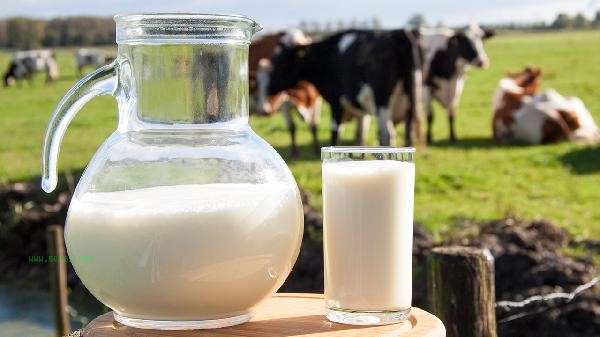Pure milk, if not spoiled after expiration, can be used with restrictions for non edible purposes such as cleaning, skincare, or watering plants. If expired milk shows signs of clumping, sourness, or spoilage, it must be discarded and cannot be reused. The lactic acid component in expired milk has a mild cleaning ability and can be diluted to wipe leather furniture or silverware, helping to restore shine. A small amount of expired milk can be mixed with flour to make a simple facial mask, but it should be avoided for sensitive skin. Fermented milk contains active substances, which can be used as a plant nutrient solution when mixed with water in a ratio of 1:5. It is suitable for acid loving flowers such as azaleas and gardenia. Milk that has expired for more than 3 days or been stored for more than 24 hours after opening may breed harmful bacteria, and even boiling at high temperatures cannot completely eliminate the risk. This type of spoiled milk may cause allergies when in contact with the skin, and may also have residual odors when used for cleaning. If ingested by mistake, abdominal pain and diarrhea may occur, and prompt medical treatment is necessary.

Before using expired milk, it is necessary to confirm that there is no spoilage or deterioration, and it should be used up as soon as possible after opening. Daily storage of milk should be placed in the refrigerated area of the refrigerator, away from light and high temperature environments. Pay attention to checking the production date when purchasing to avoid excessive stockpiling and waste. Any application involving human contact or household cleaning needs to be tested on a small scale first, and immediately stopped if any abnormalities are found. Reasonable planning of drinking volume is the fundamental method to avoid milk expiration.










Comments (0)
Leave a Comment
No comments yet
Be the first to share your thoughts!